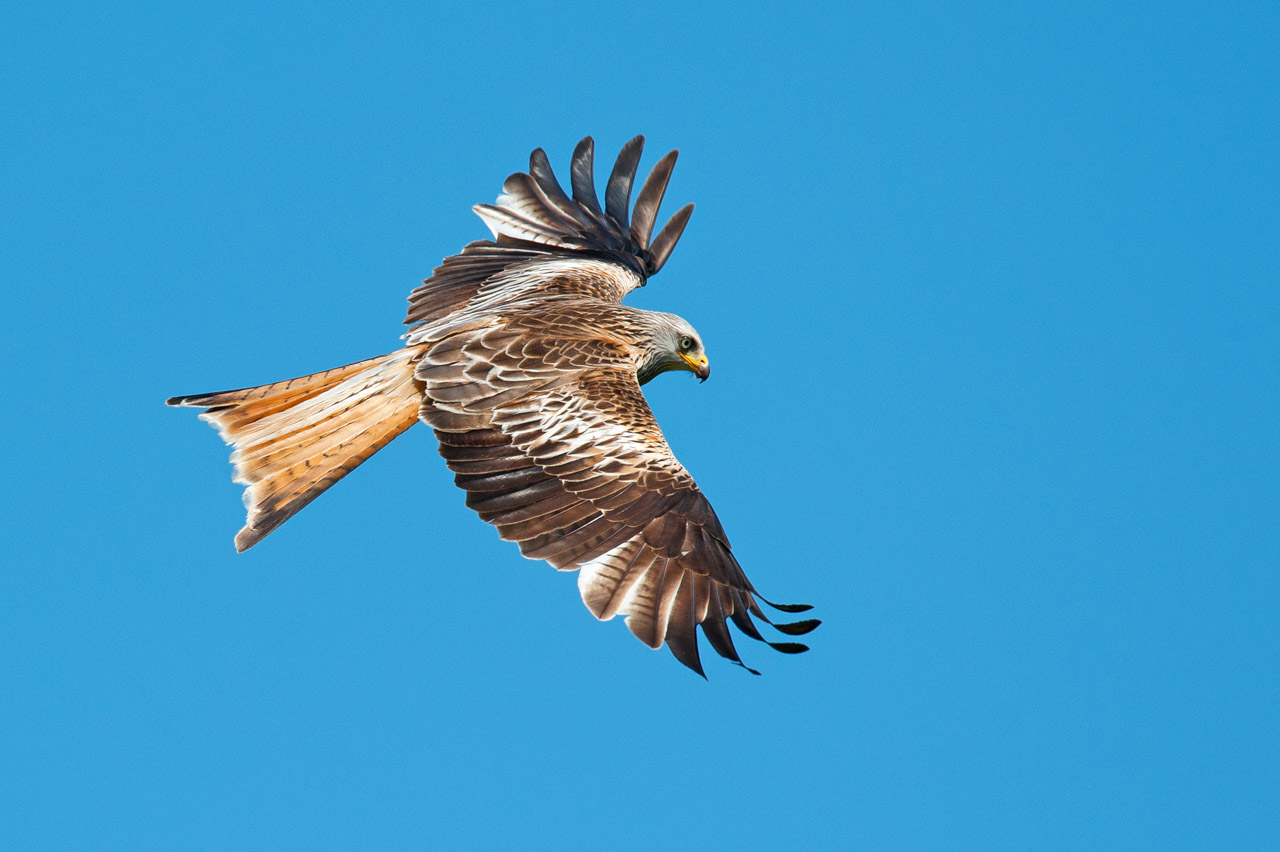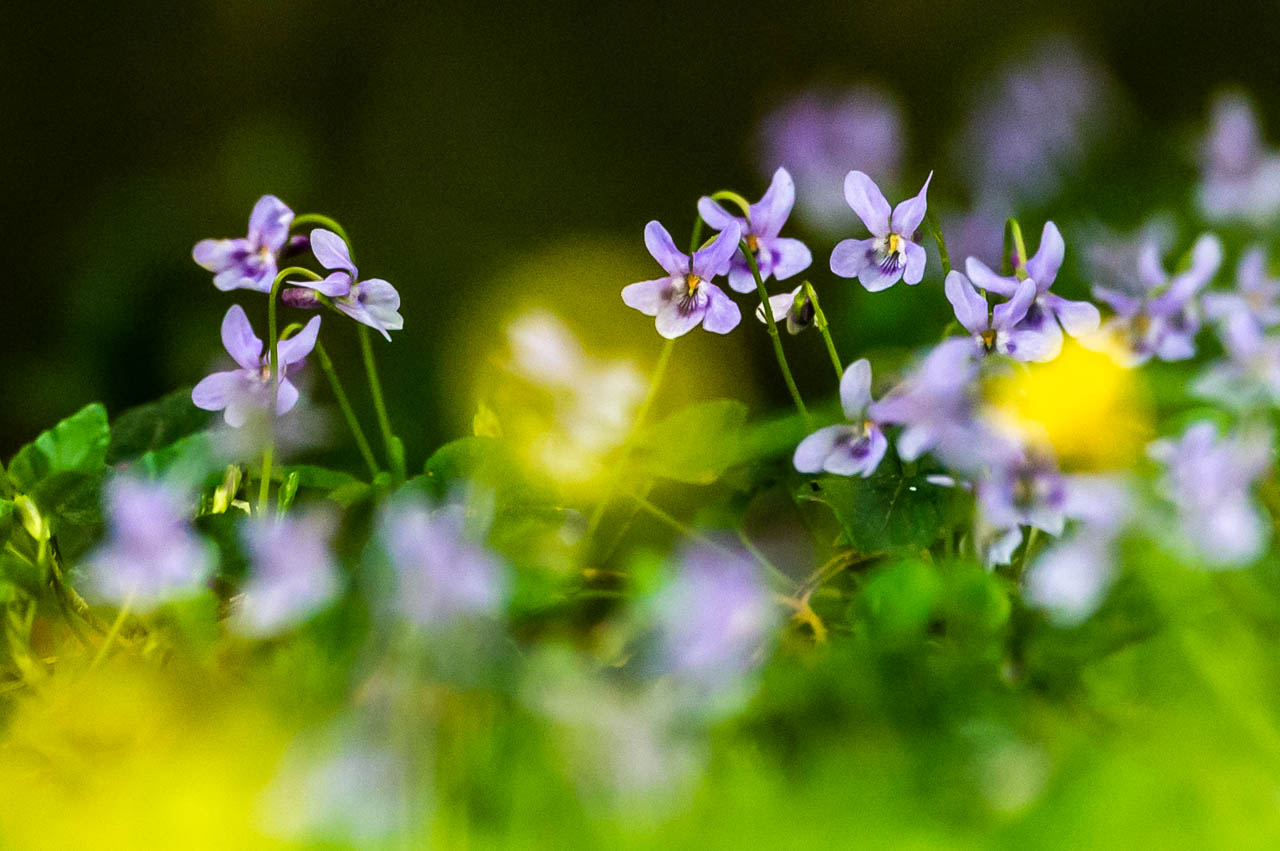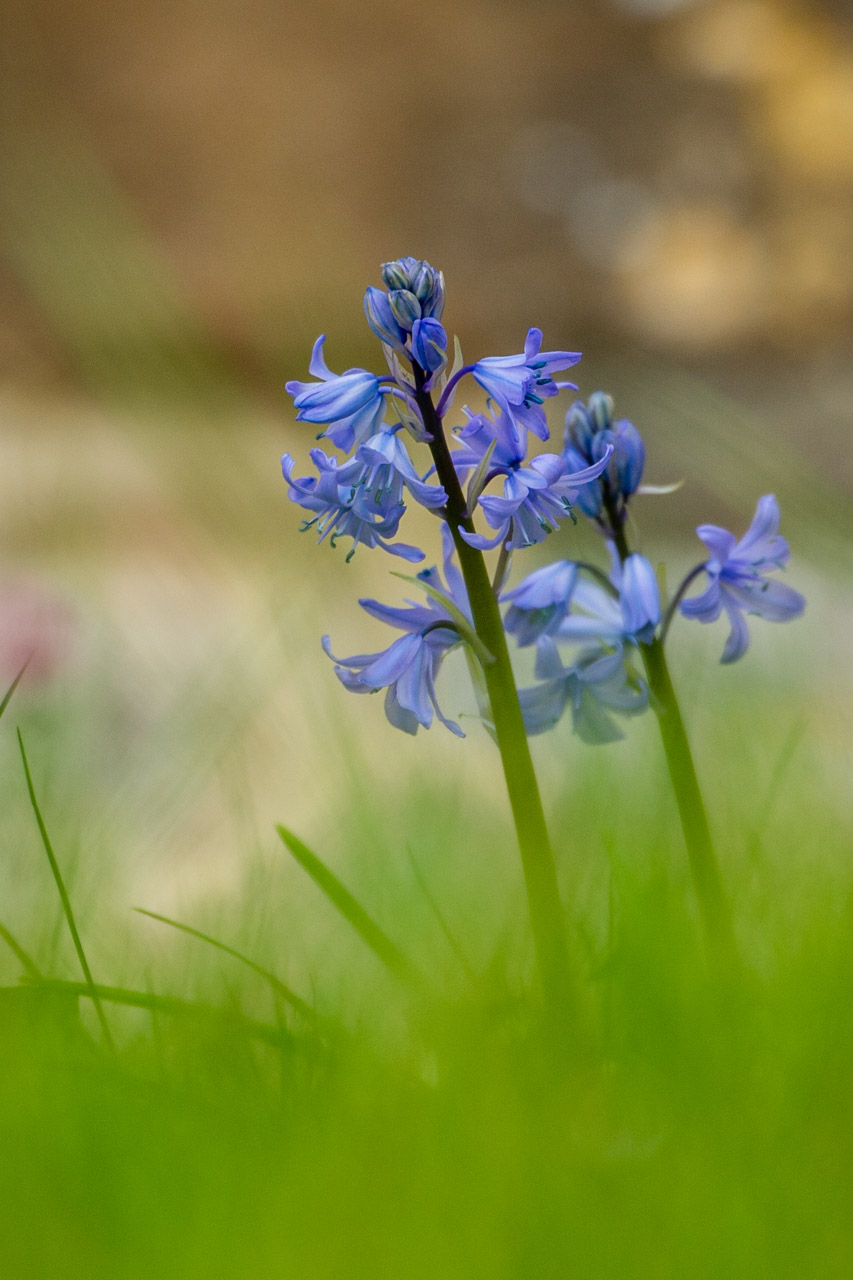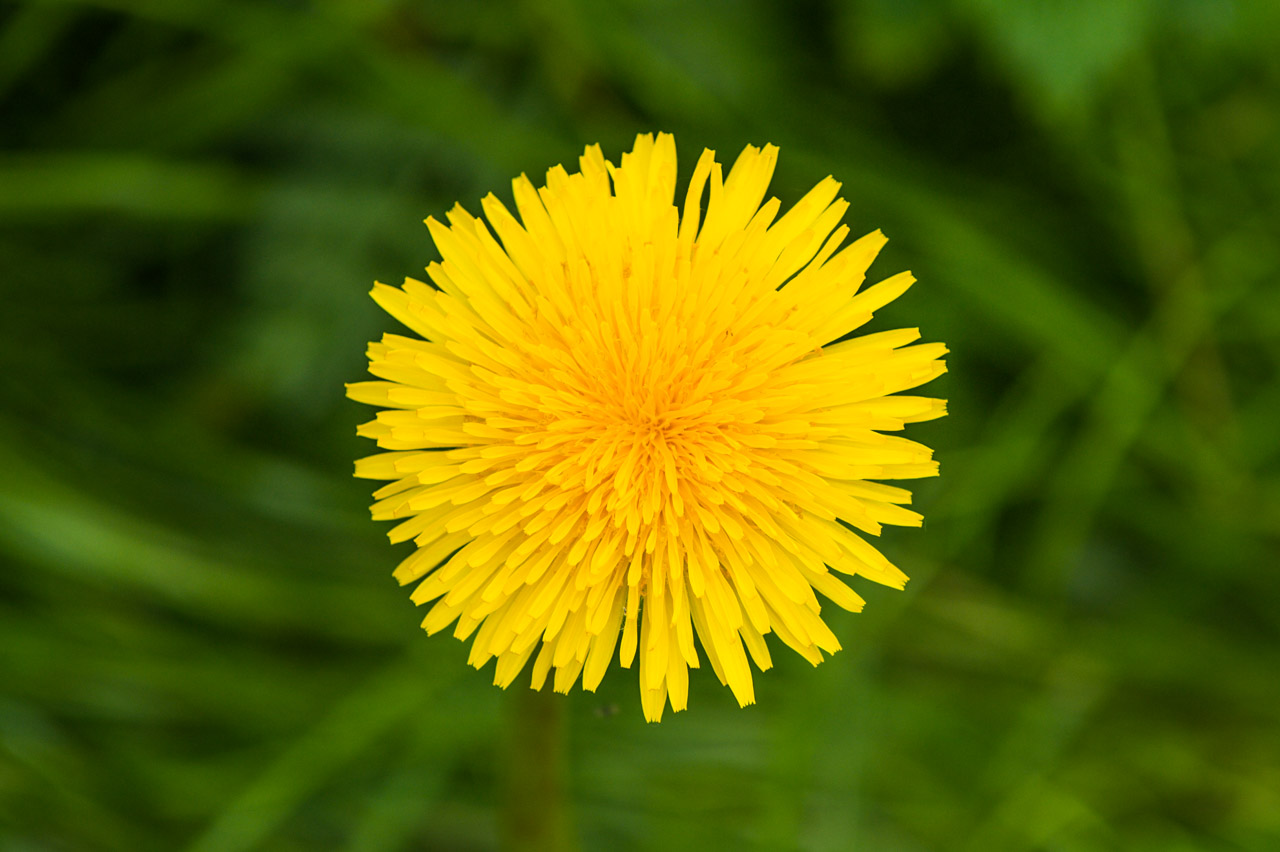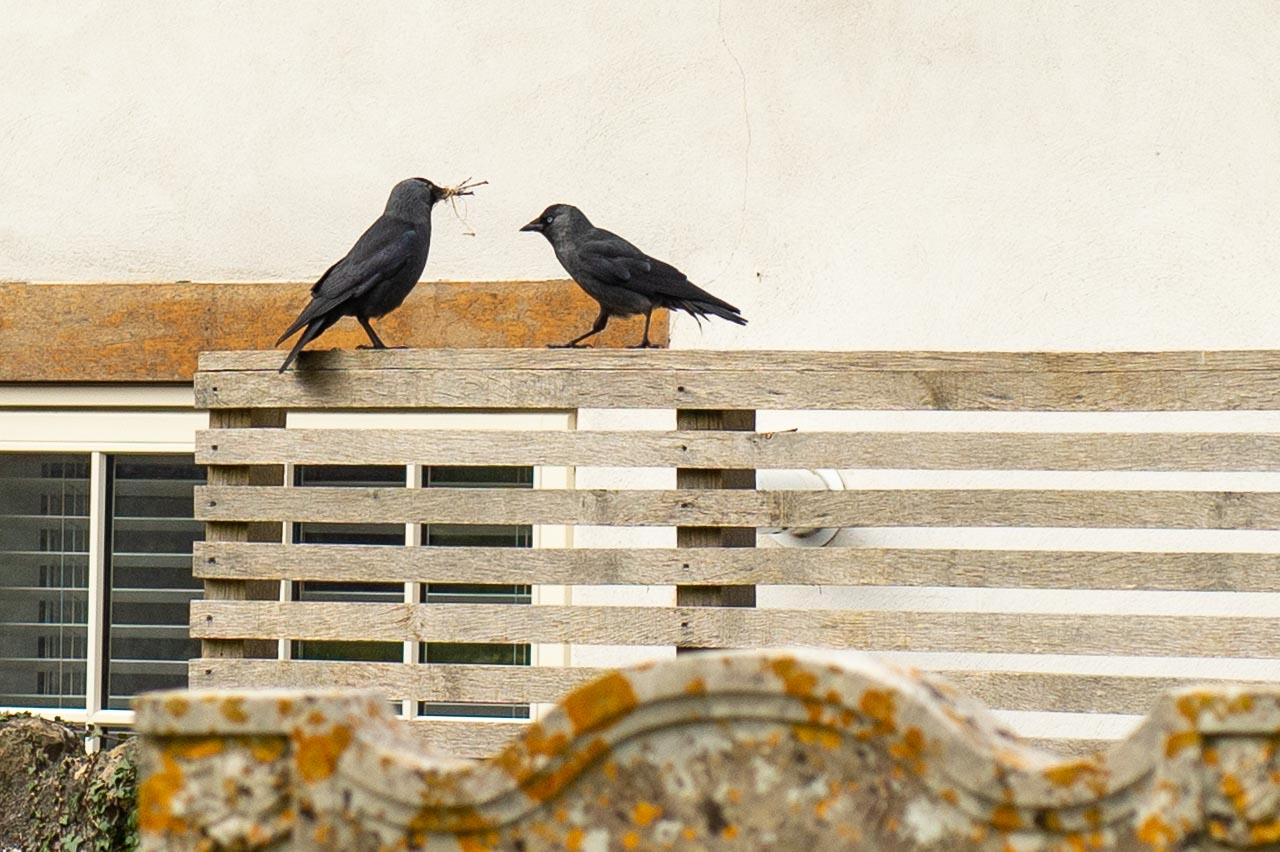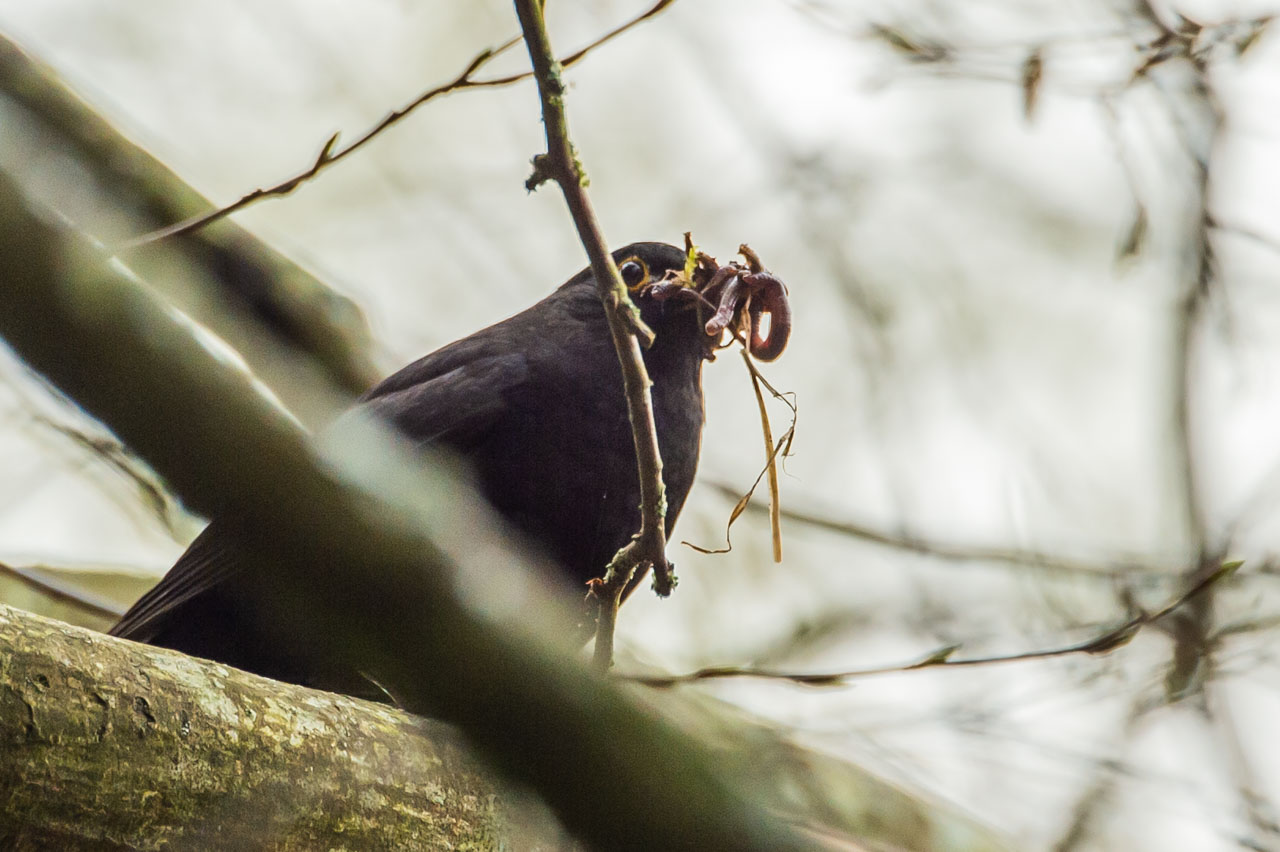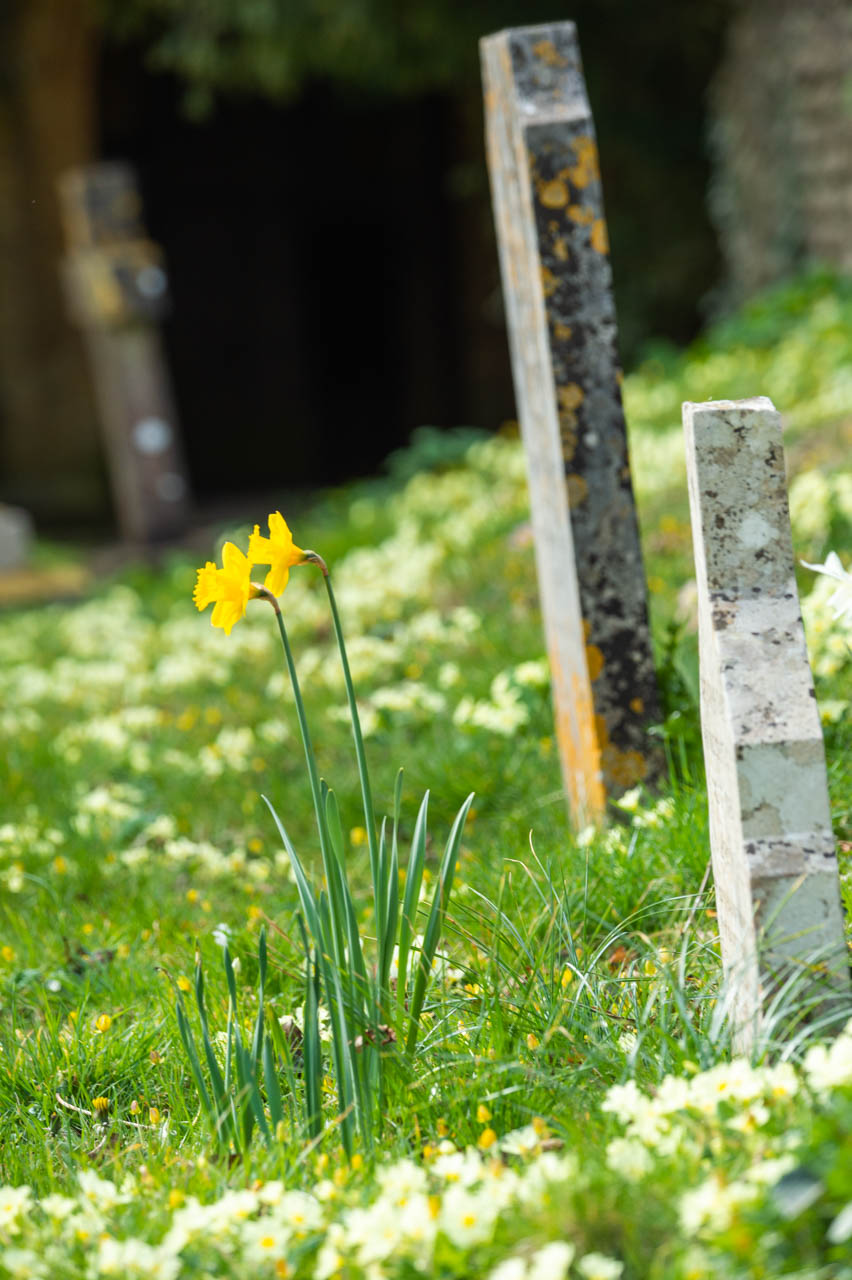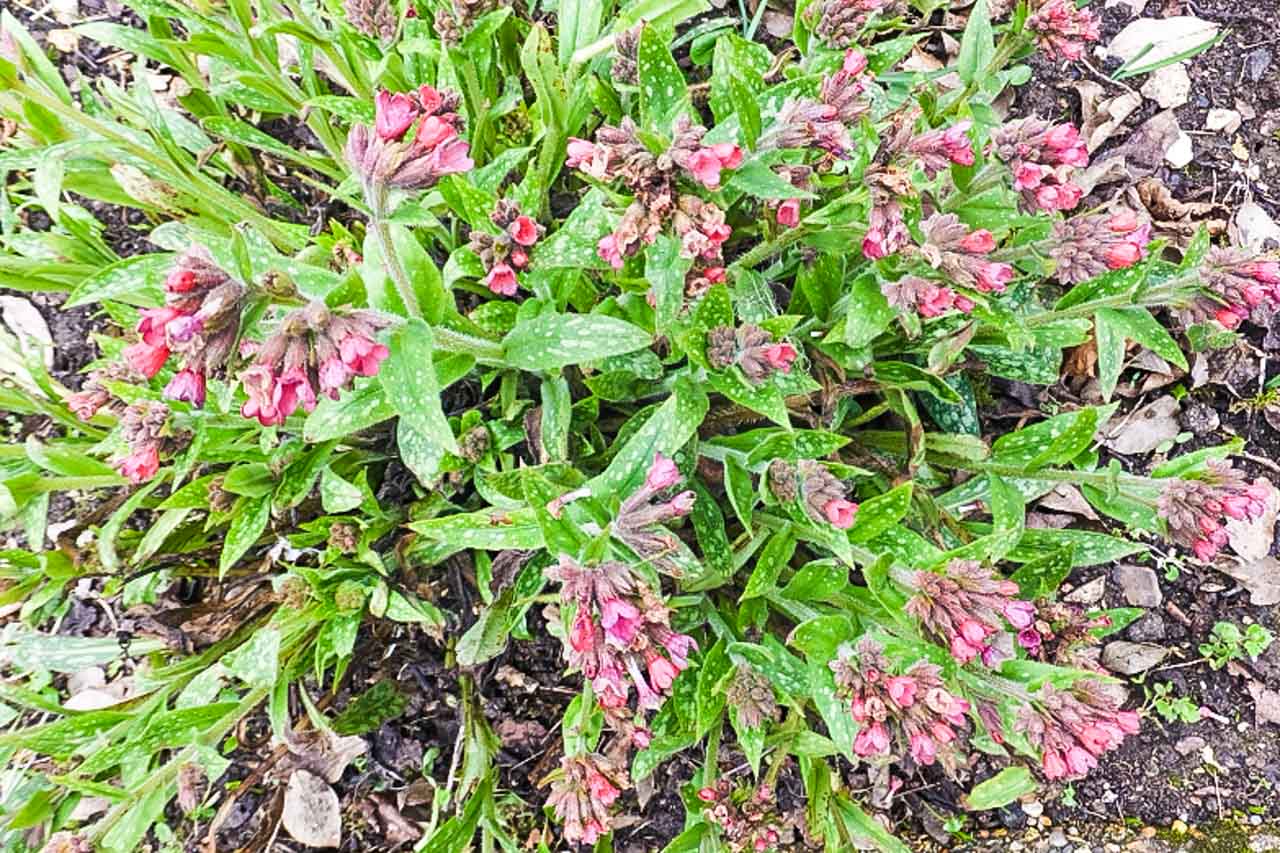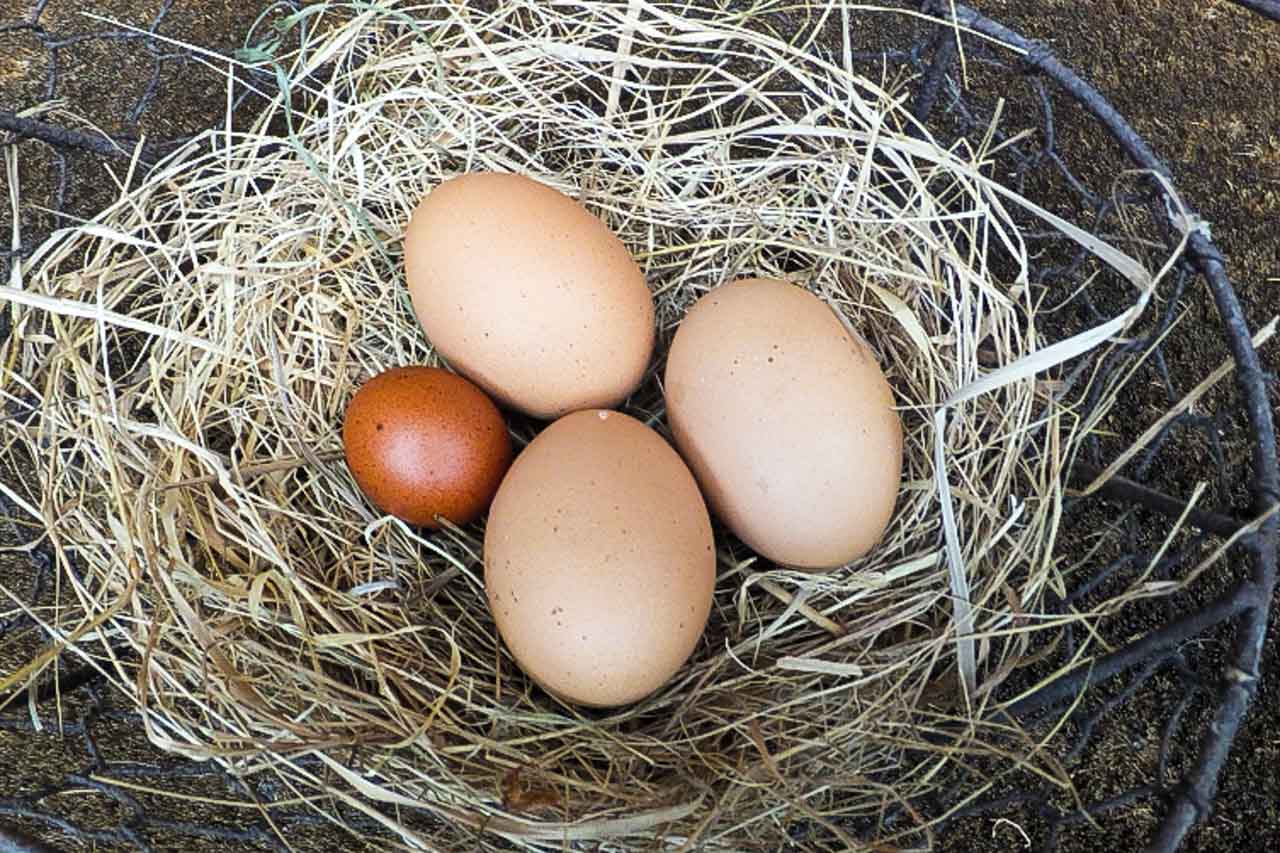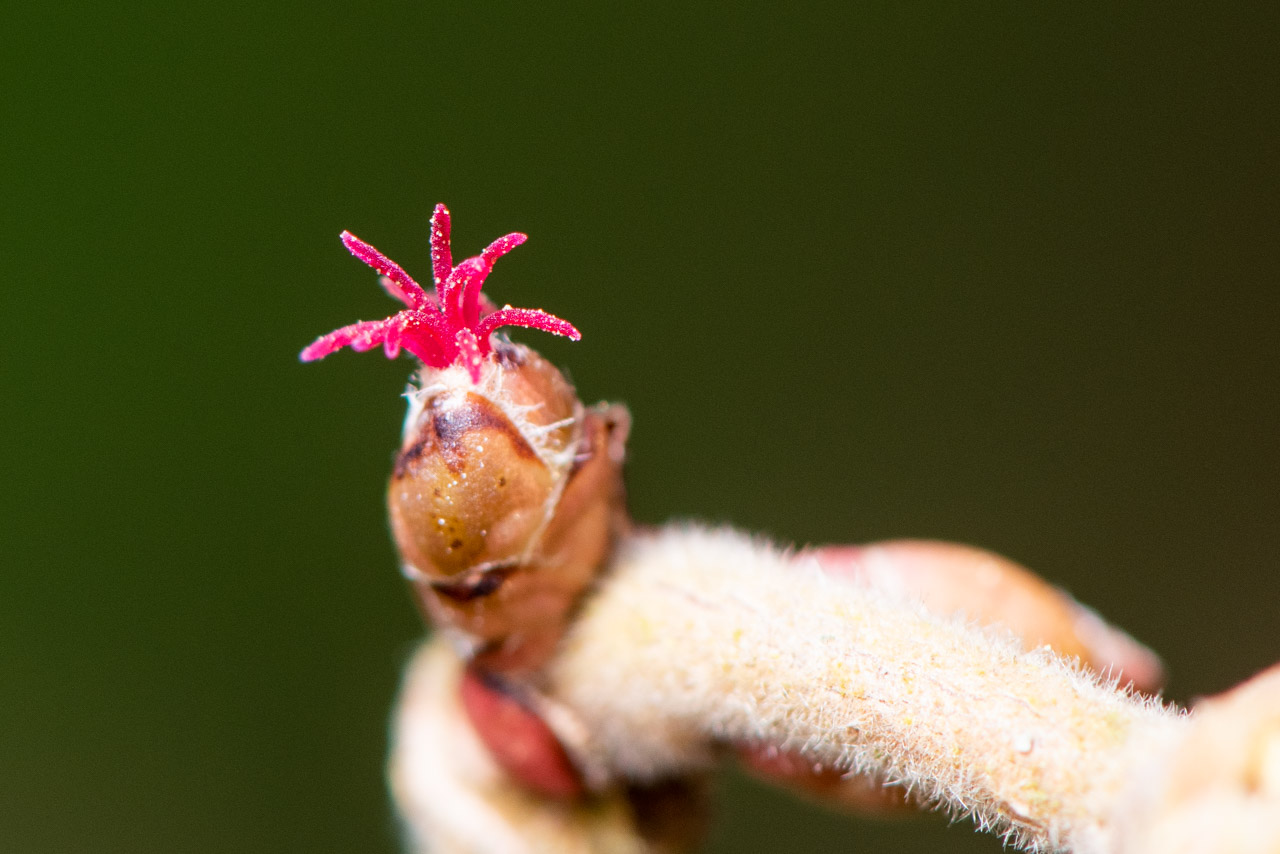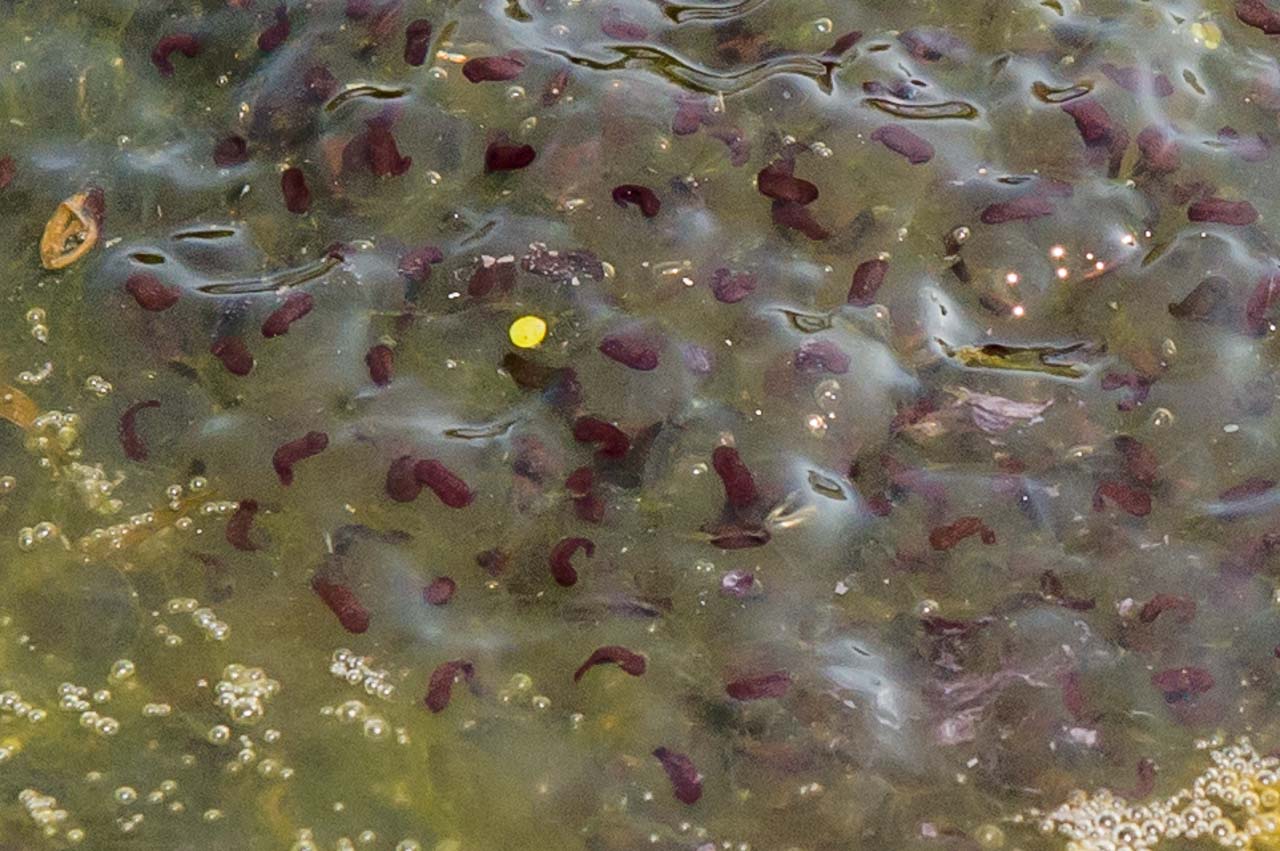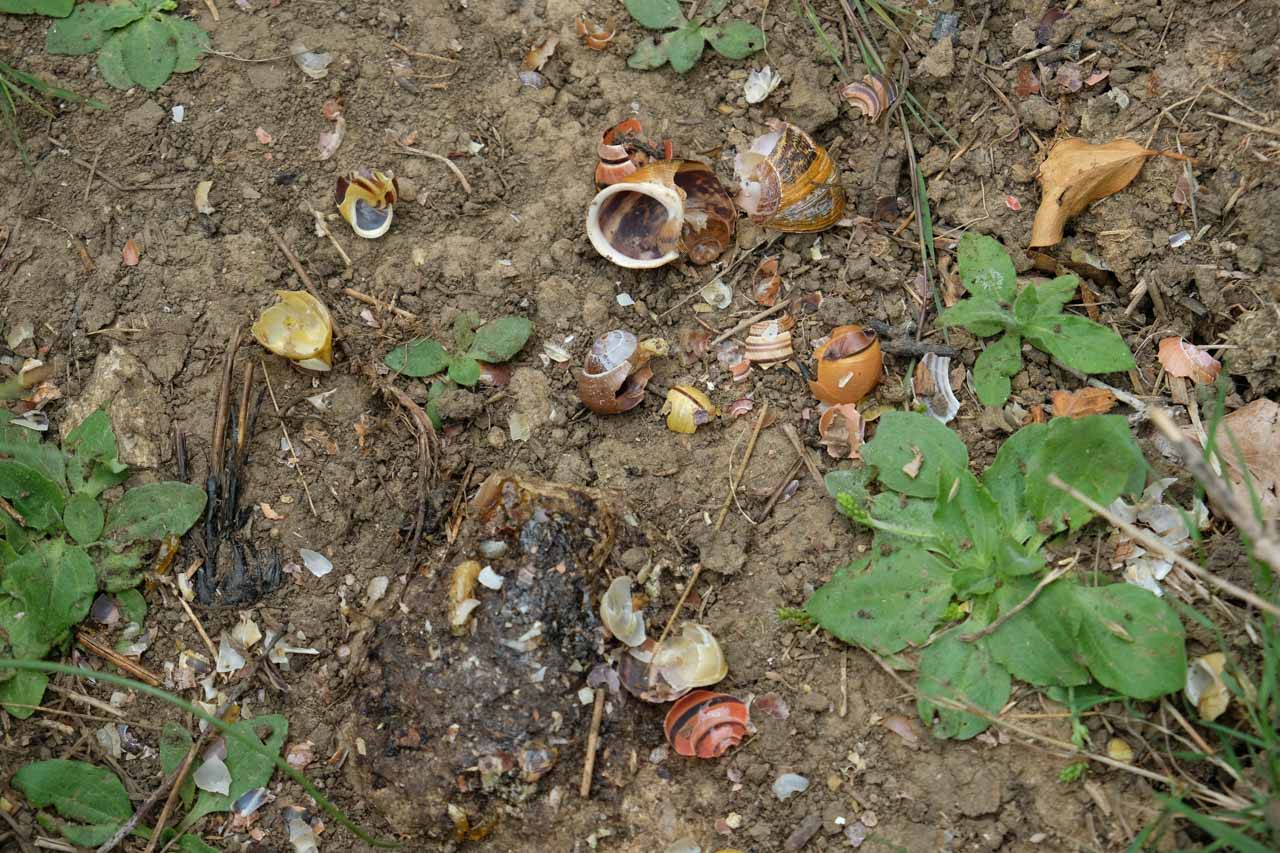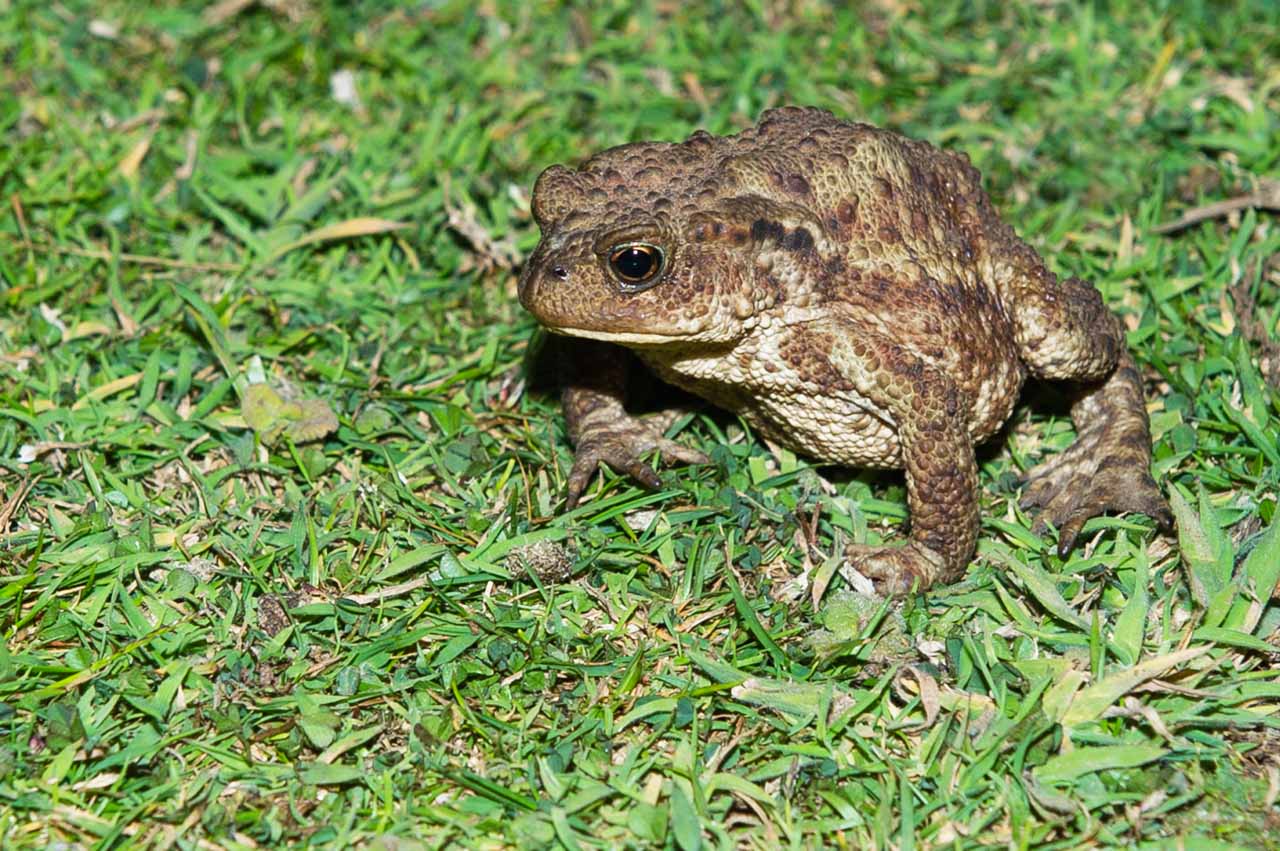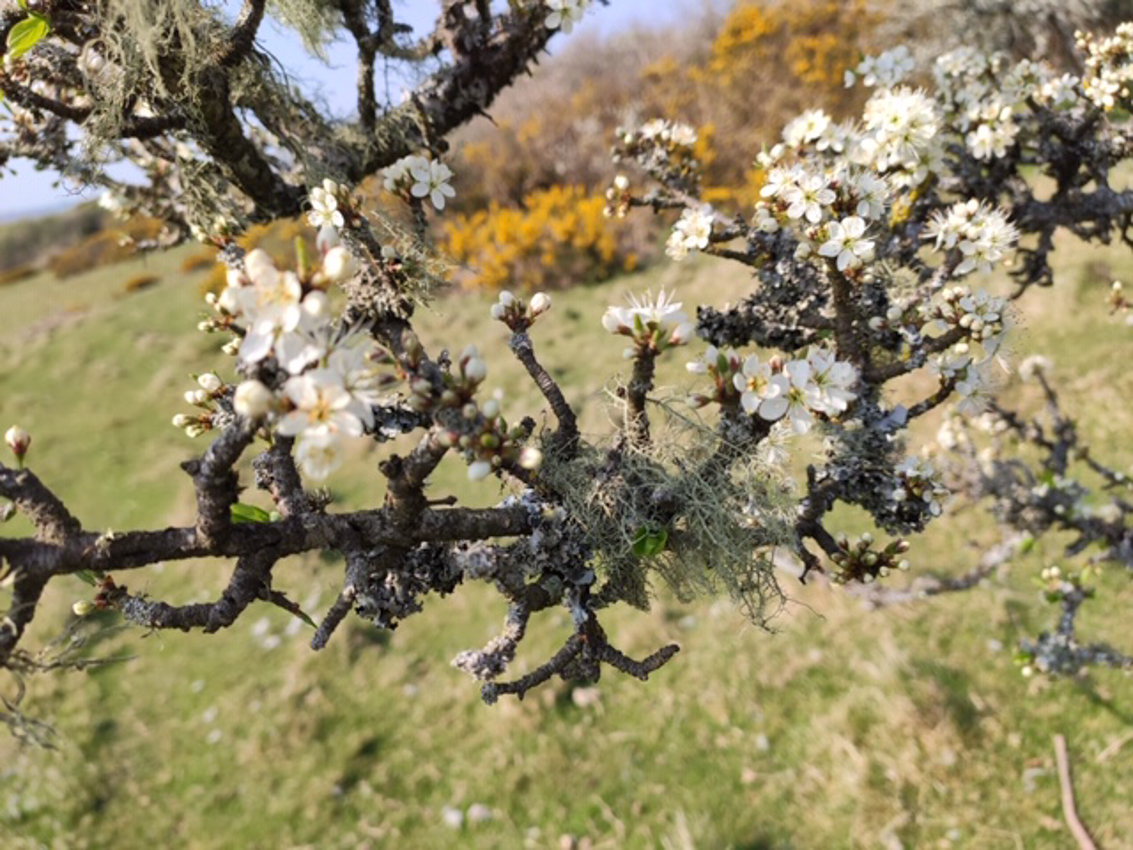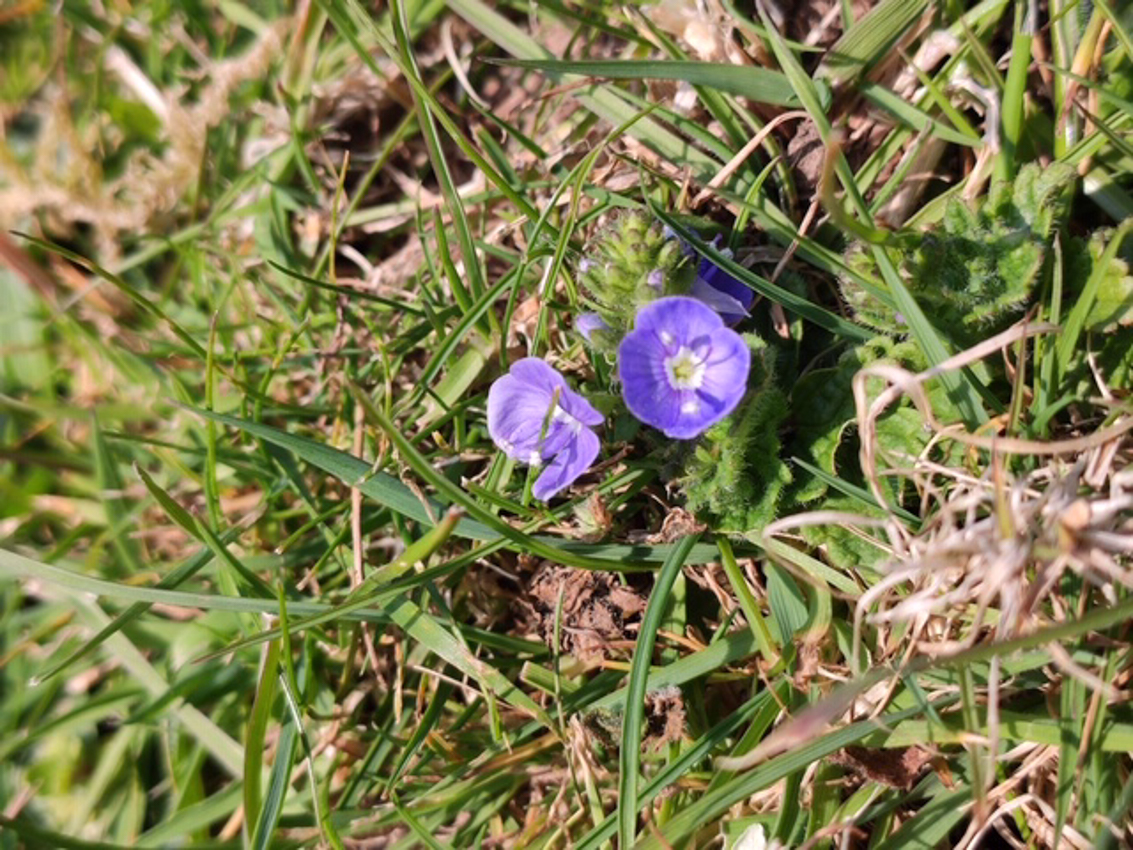Nature Table
THE WILDLIFE OF CATTISTOCK, OVERVIEW:
Most Dorset villages offer diverse habitats for native flora and fauna, but Cattistock offers more than most. Almost every dwelling has a garden, and many of them are managed for the benefit of birds and insects as well as us humans. Interesting rarities often visit – a nightjar was photographed taking its ease on a sun lounger in a garden at Duck Street! And an otter was recently snapped making its way down Mill Lane past the village shop.
The contingent farmland is mainly pasture, dotted with copses and criss-crossed with footpaths – plenty of scope for the now-rare farmland birds, and the opportunity to spot them. Our valley, Lankham Bottom, is a noted butterfly reserve, with glow-worms on its chalk escarpments too.
At the heart of the village is the church and churchyard, a central green space seething with wildlife if you know where to look. On summer evenings at least five species of bat whirl above your head, while the swifts which nest in the church buildings speed shrieking around the rooftops as dusk falls. Some of the churchyard’s most famous visitors are the hawfinches which flock in winter to the magnificent row of hornbeams which border its south side, and following them the flocks of bird-watchers from all over the county. Dog-walkers sometimes encounter the now rare hedgehog foraging among the graves at night. In spring and summer the graveyard is a carpet of wild flowers, and the church’s programme of grass cutting is managed to ensure that they continue to proliferate.
The Friends of Cattistock church aim to implement a scheme to increase habitats for wildlife of all kinds around the church, perhaps in time to acquire a gold medal for conservation from the Eco Church Foundation.
In the wider village other steps are afoot to enhance the presence of wildlife. Tawny and barn owls boxes, made here in the village, have gone up this autumn, under the auspices of the Dorset Owl and Bird Box Society – a Cattistock-based initiative. Boxes for swallows and house martins were added to many of the houses, sheds and stables of the village this spring.
Plans to help slow the disastrous decline in honey bees are also underway… Matt Somerville, the brother of artist Liz Somerville, sometime of this village, will visit next year to explain how to do this – beekindhives.uk
NATURE TABLE ARCHIVES
Previous years Nature Table articles can be viewed below:
For 2019 enter here
For 2020 enter here
For 2021 enter here
For 2022 enter here
For 2023 enter here
For 2024 enter here
Last Updated on 3rd June 2025



